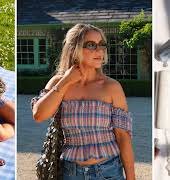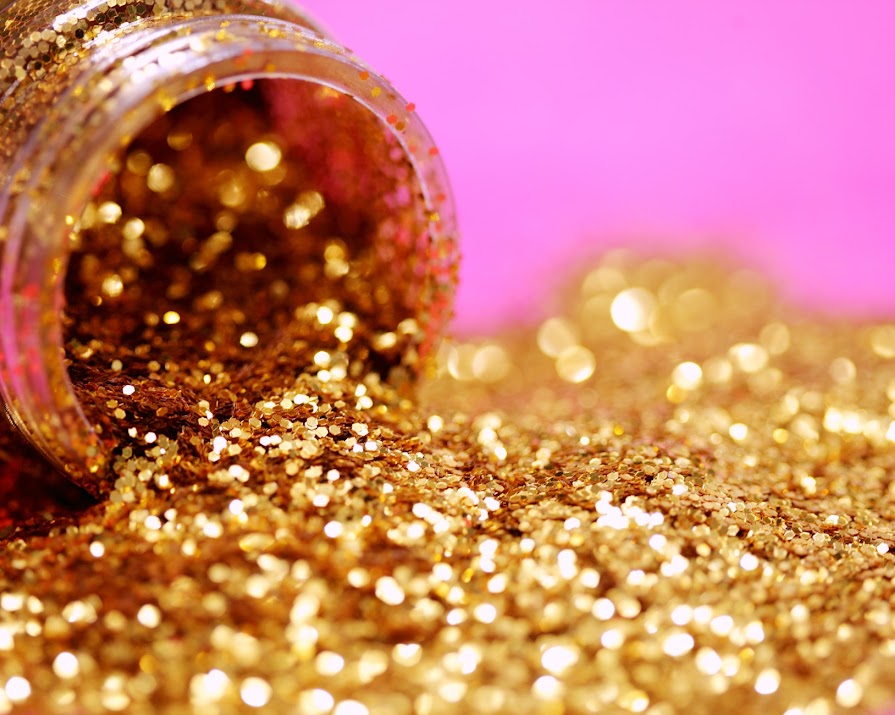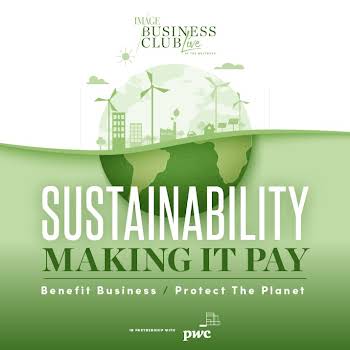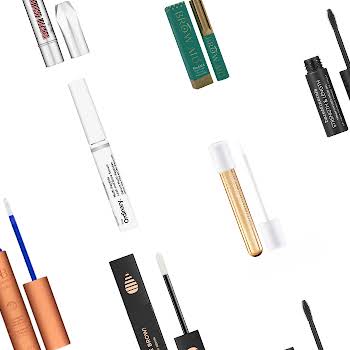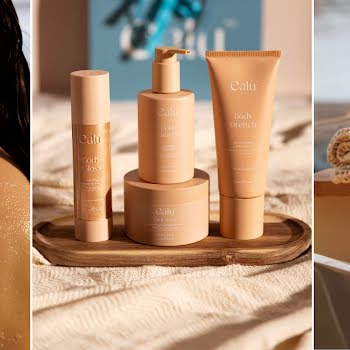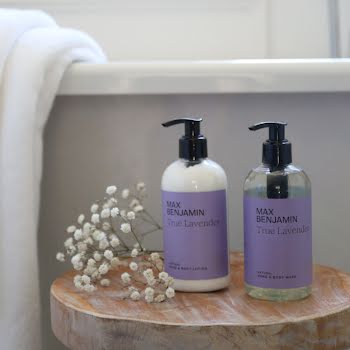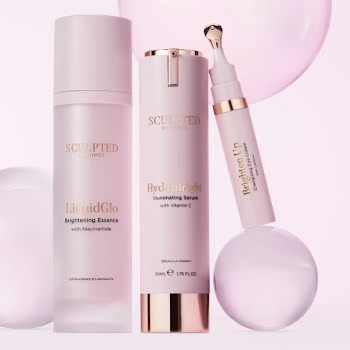
By Jennifer McShane
27th Mar 2019
27th Mar 2019
Glitter; a dusting of sparkle we put on presents, our clothes and faces isn’t just a pretty substance to look at – it could also be doing some very real damage to our environment.
There are few who aren’t drawn to its alluring ethereal fragments (especially as festival time comes around) so it might surprise some to realise the damage even a small amount can do.
This is due to the amount of plastic it contains.
Related: The impressive, Irish innovators leading the way in sustainable fashion
Standard glitter is made from etched aluminium bonded to polyethylene terephthalate – a form of microplastic that can find its way into the oceans. It can pose a danger to people and animals and, as most glitter is made up of tiny plastic particles, some as small as mere nanometers in diameter, they take about 1,000 years to biodegrade.
In the UK, a call for a ban on glitter is gaining more traction; 60 UK festivals (and counting), including Bestival, Shambala and Boomtown, have pledged to remove glitter from their campgrounds by 2021, and a new petition asks for it to be banned altogether.
“Glitter might look lovely but, because it’s plastic, it sticks around long after the sparkle has gone – often in the stomachs of fish and birds,” David Innes, from the campaign group 38 Degrees, who launched the petition told The Guardian.
Related: Lush launches first package-free shop in the UK
In particular, supermarkets are accused of dragging their heels on the issue and failing to remove glitter from their seasonal ranges, due to it being difficult to revamp products while doing so.
But, so far, overseas Aldi and Waitrose are committed to halting the use of glitter on many products.
View this post on Instagram
An alternate source for glitter
There is another source of glitter that isn’t made of a plastic known as the mineral mica or “nature’s glitter,” which, when finely milled, and has a naturally shimmery finish. Mica is one of the most important mineral ingredients in cosmetics, used widely to add shimmer and sparkle.
However, ethical concerns have been raised about the use of this, as the Indian region that’s home to the world’s largest natural reserves has been reported to have high levels of child labour and poor worker safety.
Related: Taking a sustainable approach to dressing can be as simple as sharing and swapping
Brands that do use this variation are aware of the issues and some brands such as L’Oréal are doing their bit to help, partnering with NGOs to help ensure sustainable, fair procurement of mica.
But how will you know if this has been used? Diligent product label checking is the only way of knowing for sure at the moment.
Main photograph: Unsplash
More like this:




